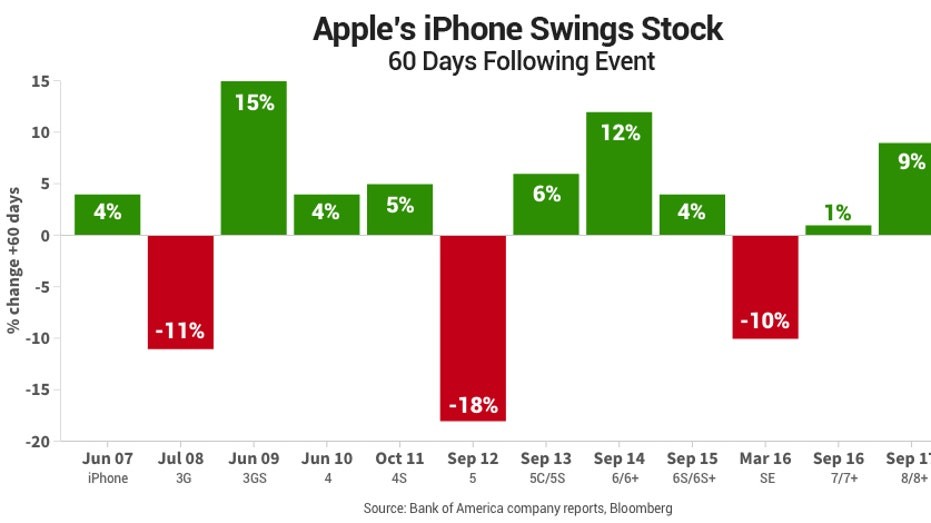
The upcoming tariffs announced by former President Trump could lead to higher prices for Apple products in the United States starting February 2025. The new trade measures will impose a 10% tariff on goods imported from China, where many of Apple's products and components are manufactured.
As one of the world's largest consumer electronics companies, Apple relies heavily on Chinese manufacturing and components, including semiconductor chips used in iPhones, iPads, and MacBooks. The 10% tariff on Chinese imports will likely increase Apple's production costs.
Industry experts anticipate that Apple may need to adjust its pricing strategy in response to these additional costs. The company traditionally has two options: absorb the tariff costs and accept lower profit margins, or pass the increased expenses on to consumers through higher retail prices.
Based on previous responses to tariffs, Apple will likely transfer at least some portion of the higher costs to consumers. This means Americans could see price increases across Apple's product lineup, from iPhones to MacBooks.
The impact may extend beyond just finished products. The tariffs also affect components used in Apple devices assembled in other countries, potentially creating a compounding effect on final retail prices.
The White House estimates that the new tariffs will generate substantial revenue for the U.S. government. However, according to the Tax Foundation, American consumers will ultimately bear these costs through higher prices on imported goods and materials.
As the February 2025 implementation date approaches, consumers and investors are watching closely to see how Apple will navigate these new trade challenges and adjust its pricing strategy for the U.S. market.